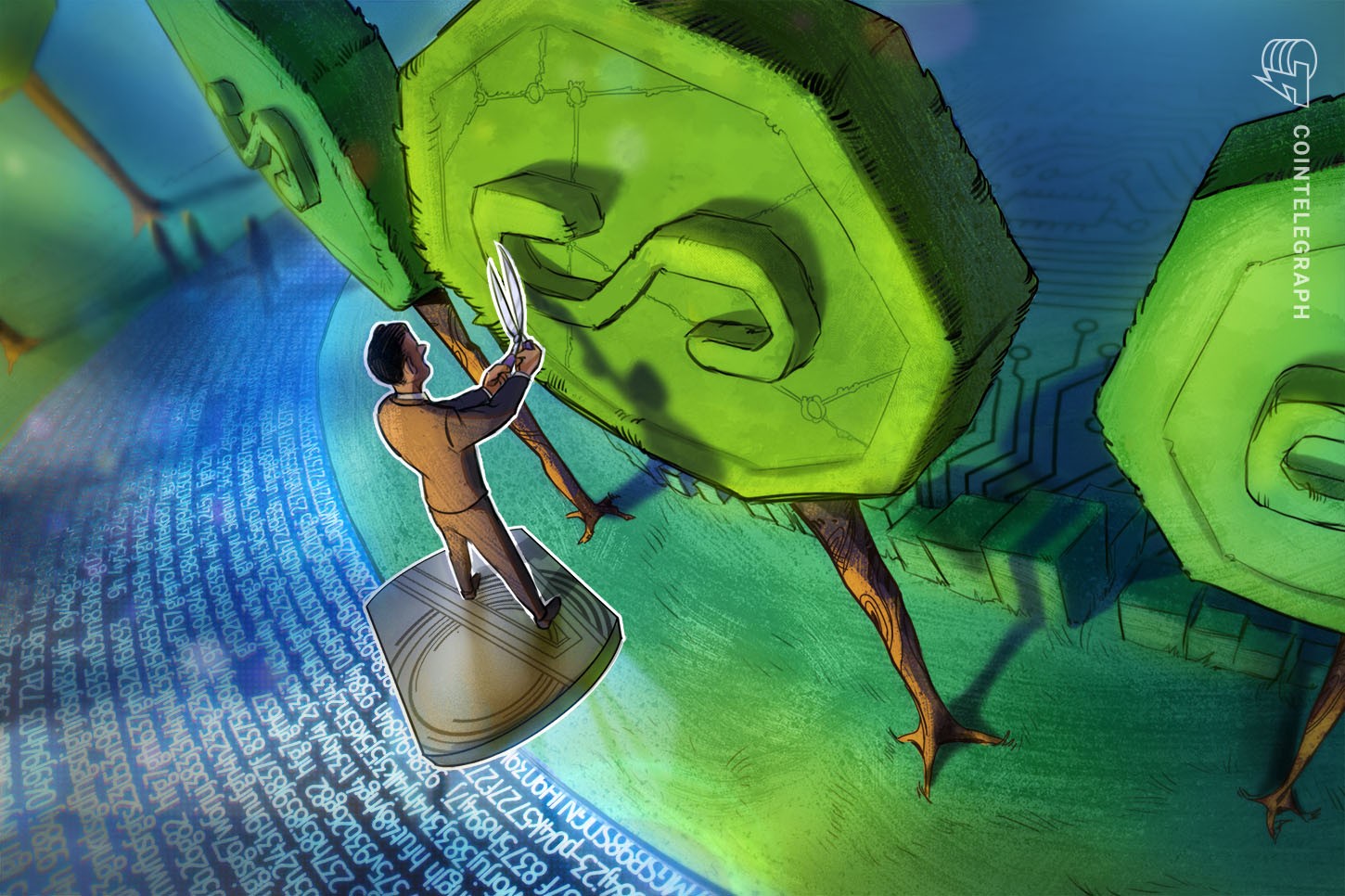Billionaire investor and DeFi proponent Mark Cuban has called for stablecoin regulation after losing money on what he dubbed as a “rug pull” on the Iron Finance protocol.
According to Iron Finance, the partially collateralized stablecoin project was the subject of a “historical bank run” that resulted in the price of the IRON stablecoin moving off peg. As a consequence, the price of Iron’s native token TITAN crashed by almost 100% over two days from its all-time high of $64.04.
Speaking with Bloomberg on June 17, Cuban blamed himself for “being lazy” and not doing enough research, but also raised questions surrounding the regulation of stablecoins:
“There should be regulation to define what a stablecoin is and what collateralization is acceptable. Should we require $1 in U.S. currency for every dollar, or define acceptable collateralization options, like U.S. treasuries.”
"Even though I got rugged on this, it's really on me for being lazy. The thing about DeFi plays like this is that it's all about revenue and math and I was too lazy to do the math to determine what the key metrics were," Cuban said.
Why is it that everytime we win an influencer, they turn around and go full wack
— DCF GOD (@dcfgod) June 17, 2021
Cuban went Degen to "Let's have the US regulate smart contracts from anon devs"
Elon went from BTC is money to environment nightmare
All we have left is @tobi and he just verified his bitclout :'( https://t.co/Mn6rVqFOcB
Kraken CEO Jesse Powell has slammed Cuban on Twitter, highlighting that a lack of stablecoin regulation is not the problem:
“Not doing your own research and YOLOing into a terrible investment because your time was worth more than your money is your problem.”
Stablecoin regulation
The stablecoin sector is currently under the spotlight from U.S. lawmakers, as they consider how to regulate the rapidly evolving sector.
In December 2020, a bill dubbed the “STABLE Act” was introduced which would require stablecoin issuers to obtain a banking charting and comply with traditional banking regulations.
After the crypto downturn last month, Federal Reserve Chair Jerome Powell emphasized on May 20, that “as stablecoins’ use increases, so must our attention to the appropriate regulatory and oversight framework.”
Related: Stablecoins not that radical, says Bank of England official
Iron Finance highlights fractional reserve issues
In a blog post dubbed “Iron Finance Post-Mortem 17 June 2021,” the project noted that it is planning to hire a third party to conduct an in-depth analysis of the protocol so that it can “understand all circumstances which led to such an outcome.”
IRON is a partially collateralized stablecoin intended to be pegged at $1. The stablecoin is collateralized by a combination of its native token TITAN and the USDC stablecoin. The ratio of USDC to total IRON supply is dubbed the Collateral Ratio (CR).
After a mass sell-off from whales which caused the price of TITAN to drop down around $30, the IRON stablecoin also dropped below its $1 peg.
As the protocol relies on a Time Weighted Average Price (TWAP) to determine CR, the market activity overwhelmed the CR as it couldn’t keep up with the volatility.
Whales were able to buy IRON at $0.90 and redeem them for $0.25 TITAN and $0.75 USDC, which temporarily pushed the price of TITAN to around $50. They then proceeded to cash out their profits which sent the price crashing.
This sparked a “panicked event” or “bank run” from other investors who also started to cash out, sending the price of TITAN down to near zero as of today.

“Remember that Iron.finance is a partially collateralized stablecoin, which is similar to the fractional reserve banking of the modern world. When people panic and run over to the bank to withdraw their money in a short period, the bank may and will collapse,” the blog post read.
I got hit like everyone else. Crazy part is I got out, thought they were increasing their TVL enough. Than Bam.
— Mark Cuban (@mcuban) June 16, 2021


